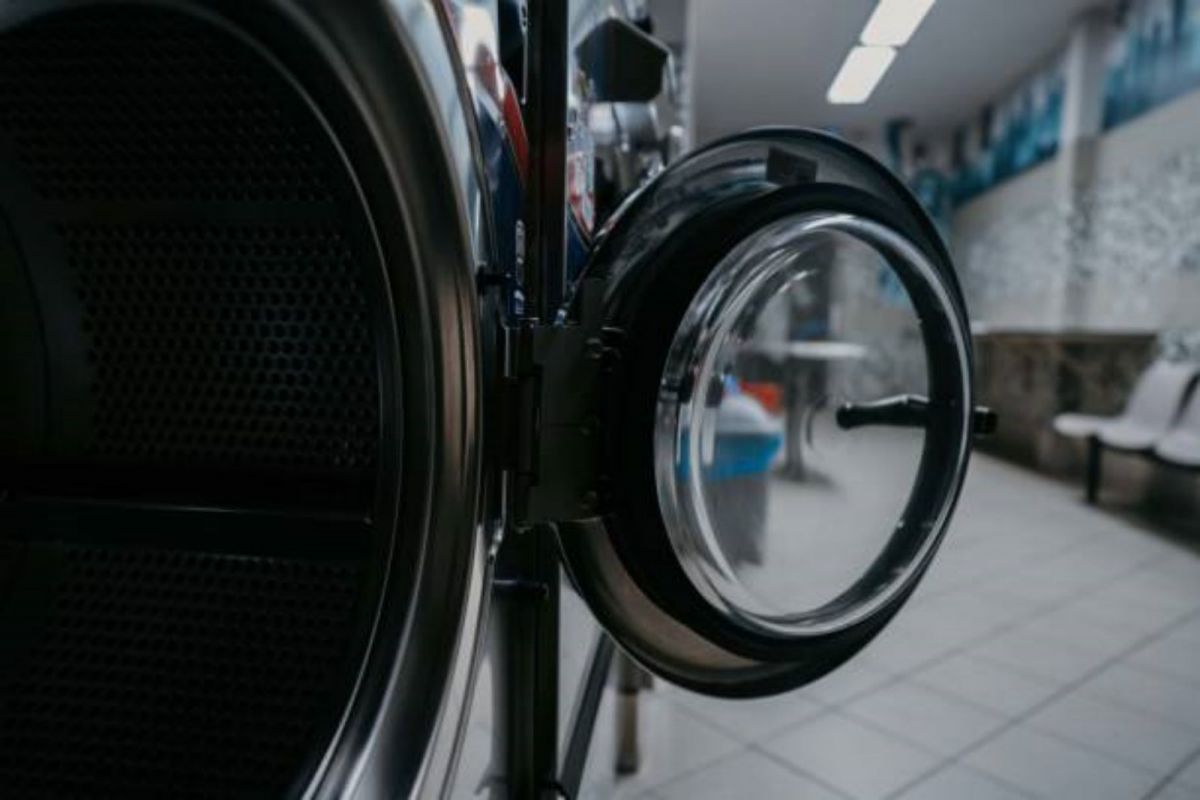A Comprehensive Guide to Understanding Wash Machine Motors
Introduction:
Washing machines have become an essential part of our lives, and the motor is the heart of these appliances. Without a reliable wash machine motor, your laundry routine would be impossible. In this article, we will delve into the world of wash machine motors, exploring how they work, the different types available, common issues, and maintenance tips to keep them running smoothly.
1. How Does a Wash Machine Motor Work?
A wash machine motor is responsible for powering the drum's rotation, agitating the clothes, and controlling the water pump. These motors operate with the help of electromagnetic induction, which converts electrical energy into mechanical energy. When the motor receives an electrical current, it creates a magnetic field that interacts with the rotating armature, causing it to spin and drive the washing machine's various functions.
2. Understanding the Types of Wash Machine Motors
There are two main types of wash machine motors: direct drive motors and belt drive motors.
Direct Drive Motors
Direct drive motors are becoming increasingly popular due to their efficiency and reliability. These motors eliminate the need for belts and pulleys, as they are directly connected to the drum. This direct connection ensures a smoother operation, reducing noise and vibration. Additionally, direct drive motors tend to have a longer lifespan and require less maintenance compared to belt drive motors.
Belt Drive Motors
Belt drive motors, on the other hand, use belts and pulleys to transfer power from the motor to the drum. While they are more affordable initially, they may require more frequent maintenance as belts can wear out over time. However, belt drive motors still offer reliable performance and are a popular choice in many washing machines.
3. Common Issues with Wash Machine Motors
While wash machine motors are designed to be durable, they can still experience issues. Here are some common problems you may encounter:
Overheating
Overheating is a common issue that can occur due to prolonged use or insufficient ventilation. Excessive heat can cause damage to the motor's internal components, leading to malfunctions. Regularly cleaning the motor and ensuring proper airflow around the appliance can help prevent overheating.
Noise and Vibration
Excessive noise and vibration during the wash cycle may indicate a problem with the motor. This could be caused by worn-out bearings, loose parts, or an unbalanced load. If you notice unusual noises, it is advisable to have a professional technician inspect the motor to prevent further damage.
Lack of Power
If your washing machine fails to start or lacks power, it could indicate a problem with the motor. This issue may be caused by faulty wiring, a damaged motor capacitor, or a broken connection. In such cases, it is best to consult a qualified technician to diagnose and repair the problem.
4. Maintaining Your Wash Machine Motor
Proper maintenance is crucial for ensuring the longevity and efficiency of your wash machine motor. Here are some essential tips:
Regular Cleaning
Dust, lint, and debris can accumulate on the motor, affecting its performance. Regularly clean the motor using a soft brush or vacuum cleaner to remove any build-up. Be sure to disconnect the appliance from the power source before cleaning.
Inspect and Tighten Connections
Periodically check the electrical connections of your wash machine motor. Loose or corroded connections can lead to power issues or motor failure. If you notice any loose connections, tighten them gently or seek professional assistance if necessary.
Balance the Load
An unbalanced load can put extra strain on the motor and cause excessive vibration. Distribute the clothes evenly in the drum to maintain balance during the wash cycle. This will help reduce stress on the motor and prevent premature wear and tear.
5. Replacing a Faulty Wash Machine Motor
Despite proper maintenance, wash machine motors can eventually wear out or sustain irreparable damage. When replacing a faulty motor, it is essential to choose a compatible replacement that meets the manufacturer's specifications. Consult the washing machine's manual or seek professional advice to ensure a seamless replacement process.
6. The Future of Wash Machine Motors
The world of wash machine motors is constantly evolving. With the increasing focus on energy efficiency and sustainability, manufacturers are developing motors that consume less power and produce lower levels of noise and vibration. Additionally, advancements in technology may lead to the integration of smart features into wash machine motors, further enhancing the user experience.
7. Conclusion
A wash machine motor is a vital component that drives the functionality of your washing machine. Understanding how these motors work, the different types available, common issues, and maintenance tips can help you ensure the longevity and efficiency of your appliance. By following proper maintenance practices and addressing any motor-related issues promptly, you can enjoy hassle-free laundry days for years to come.

